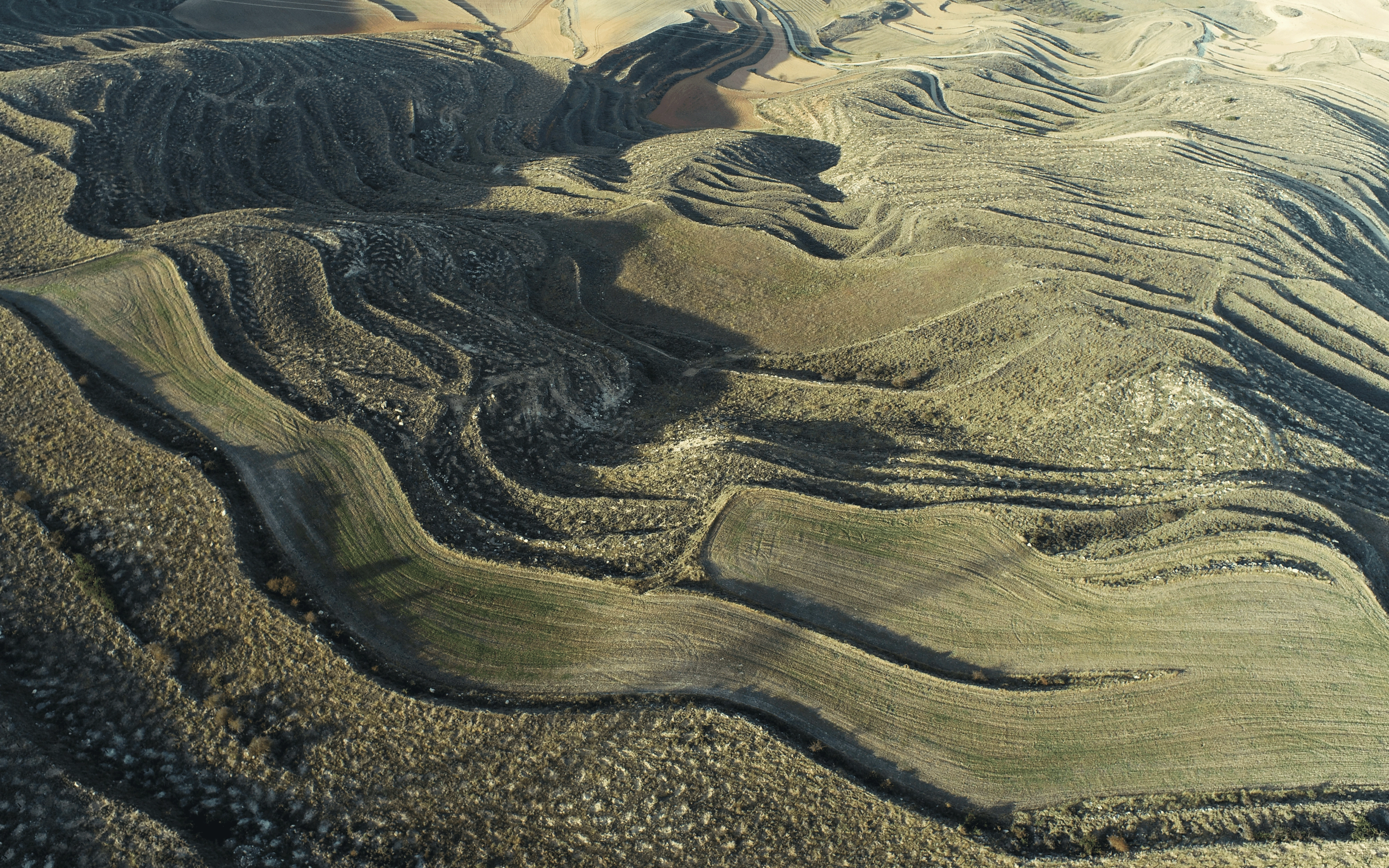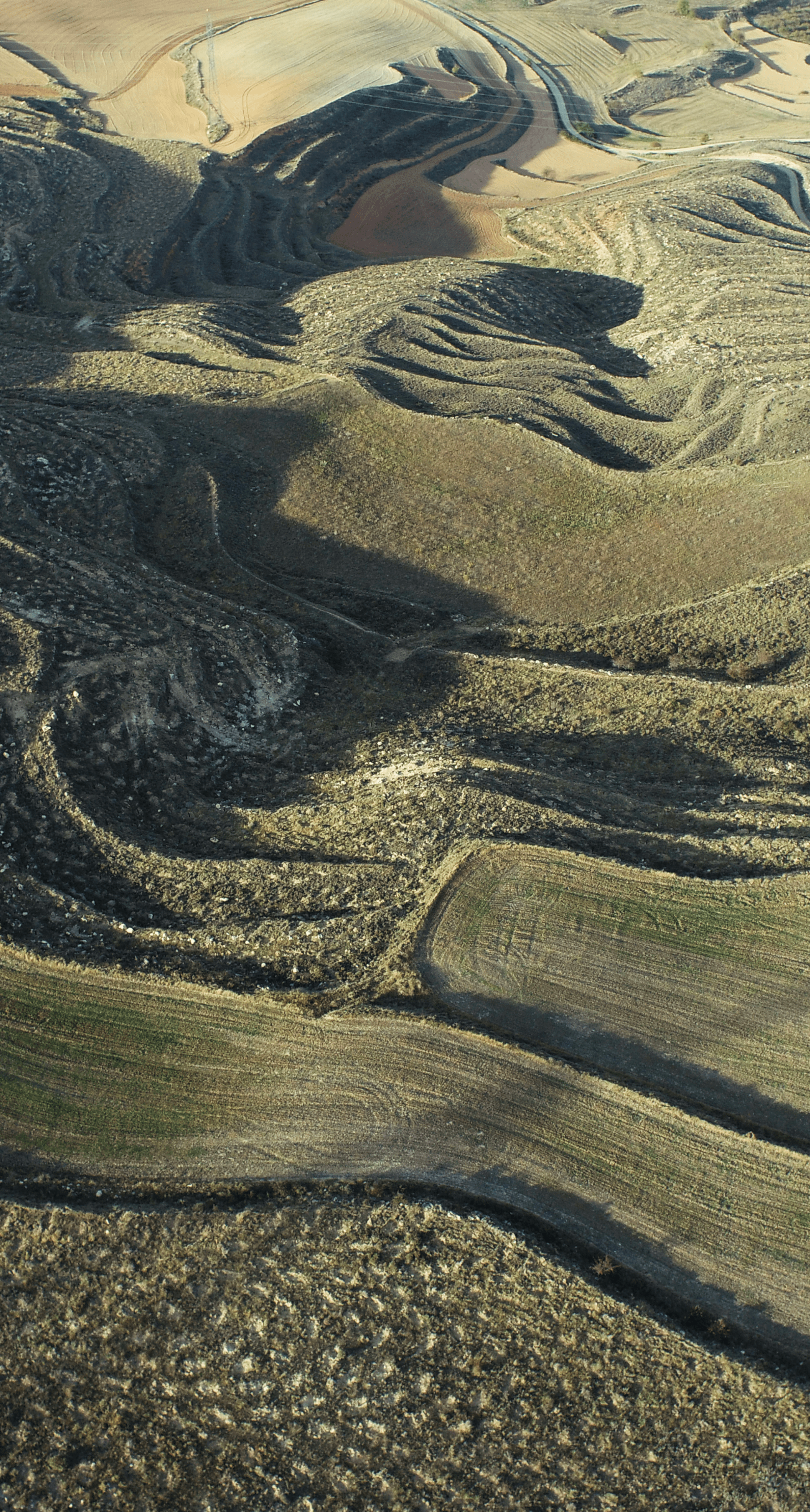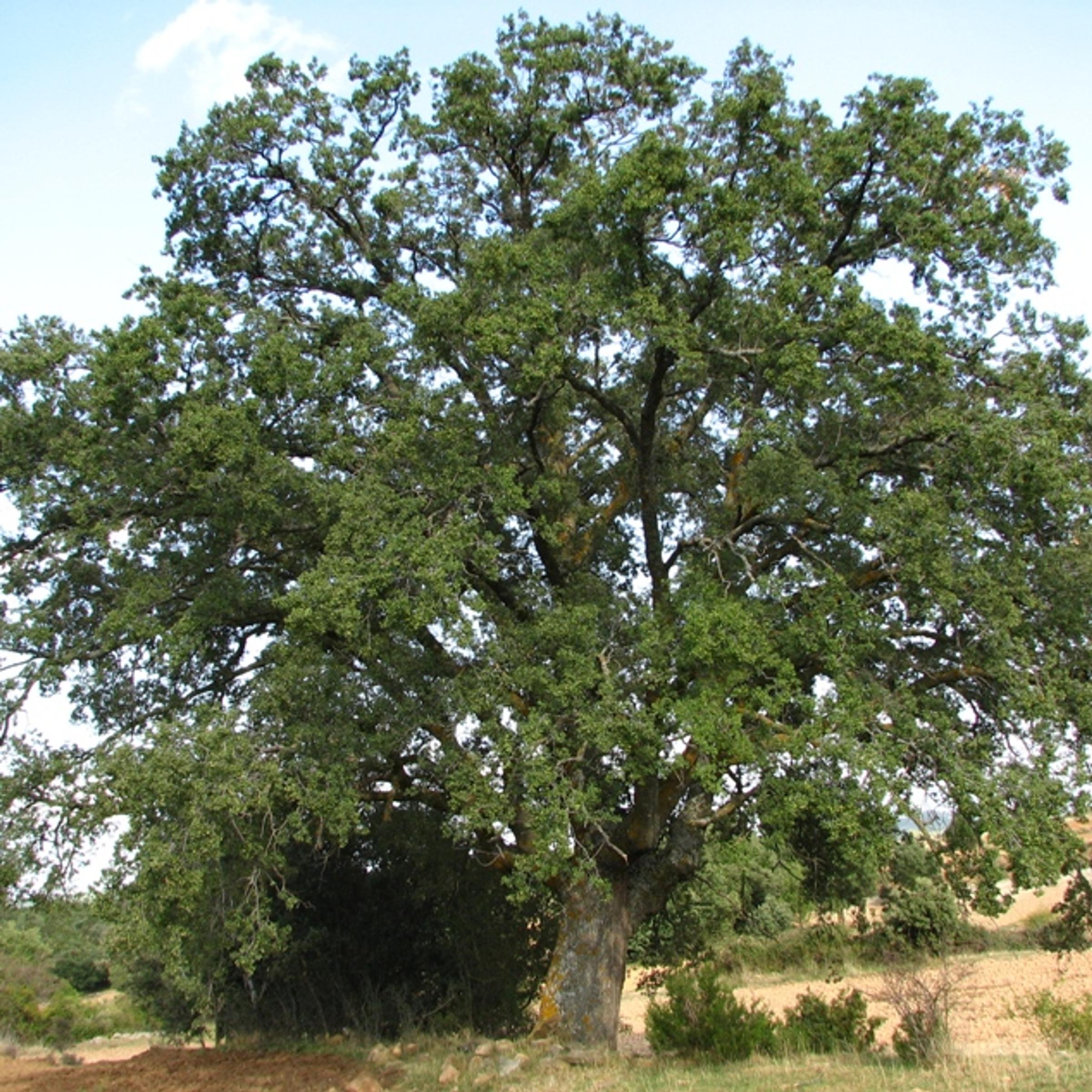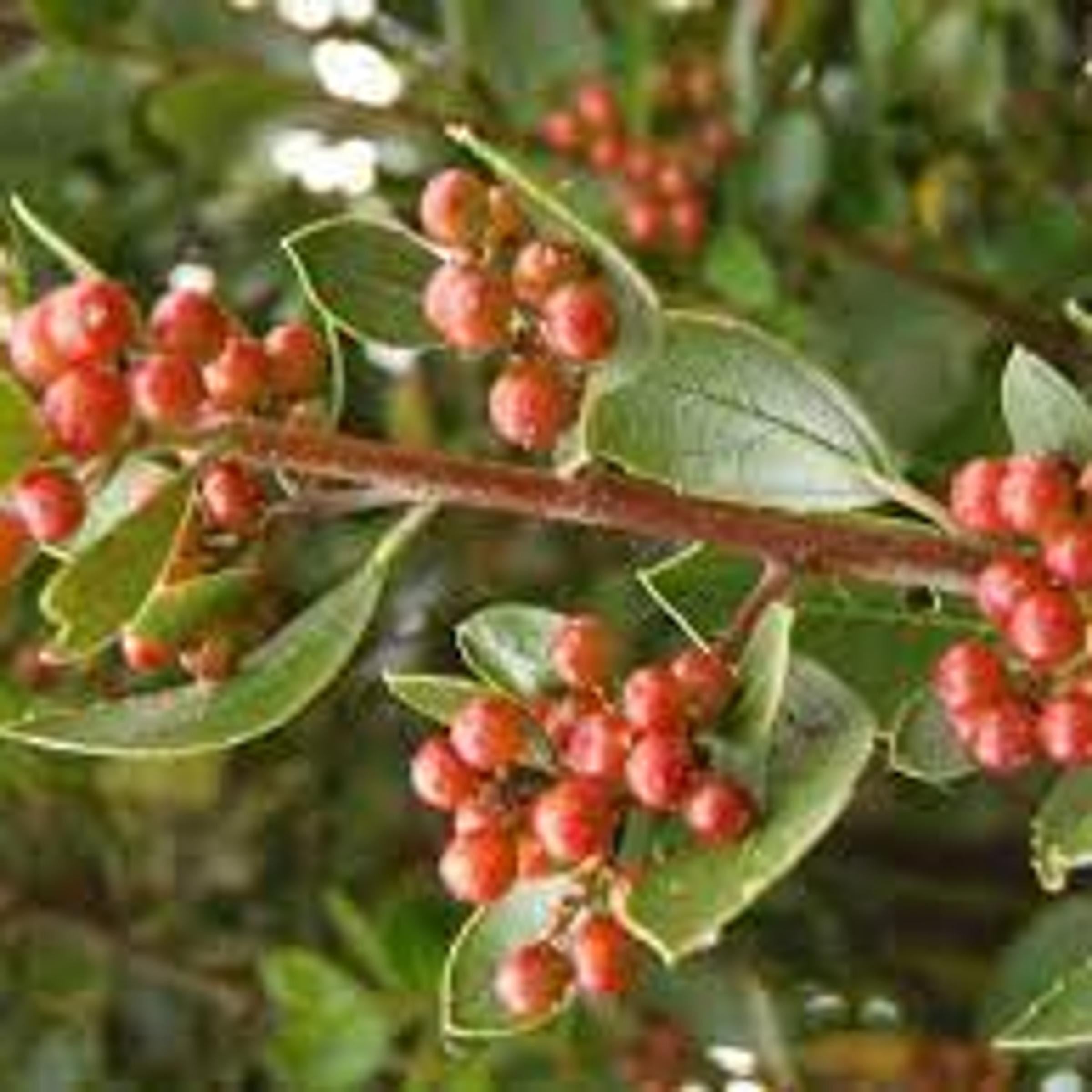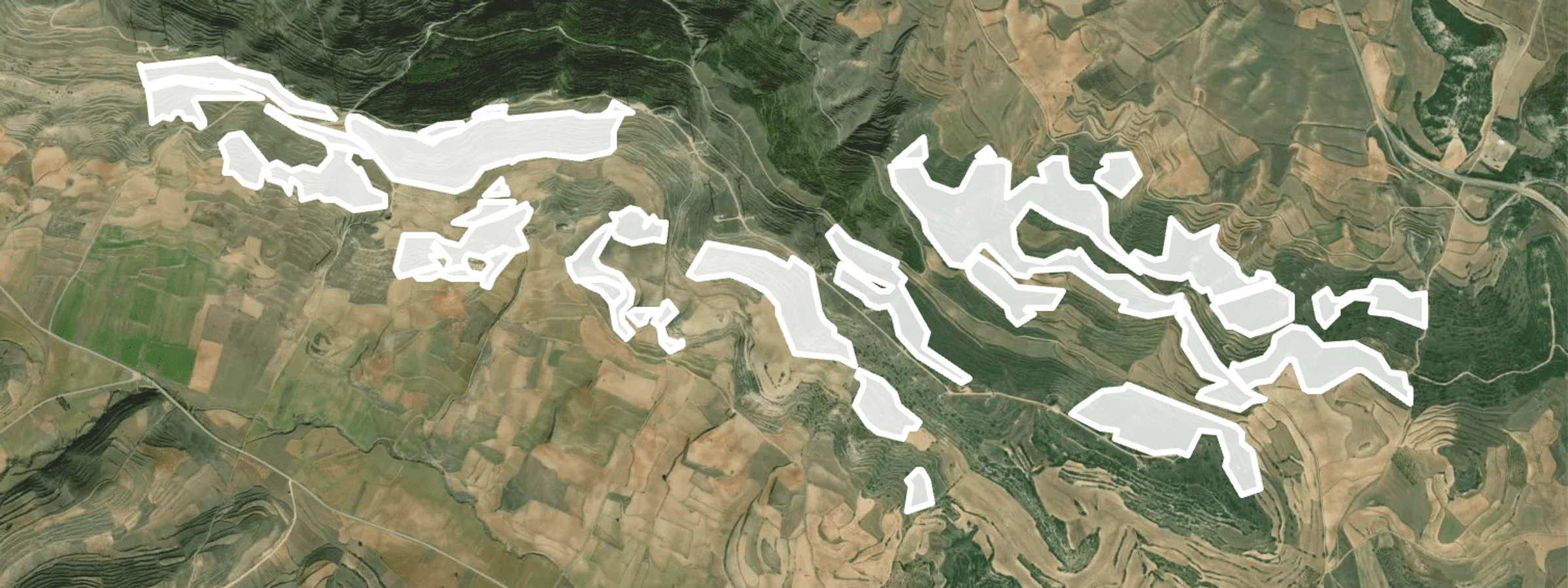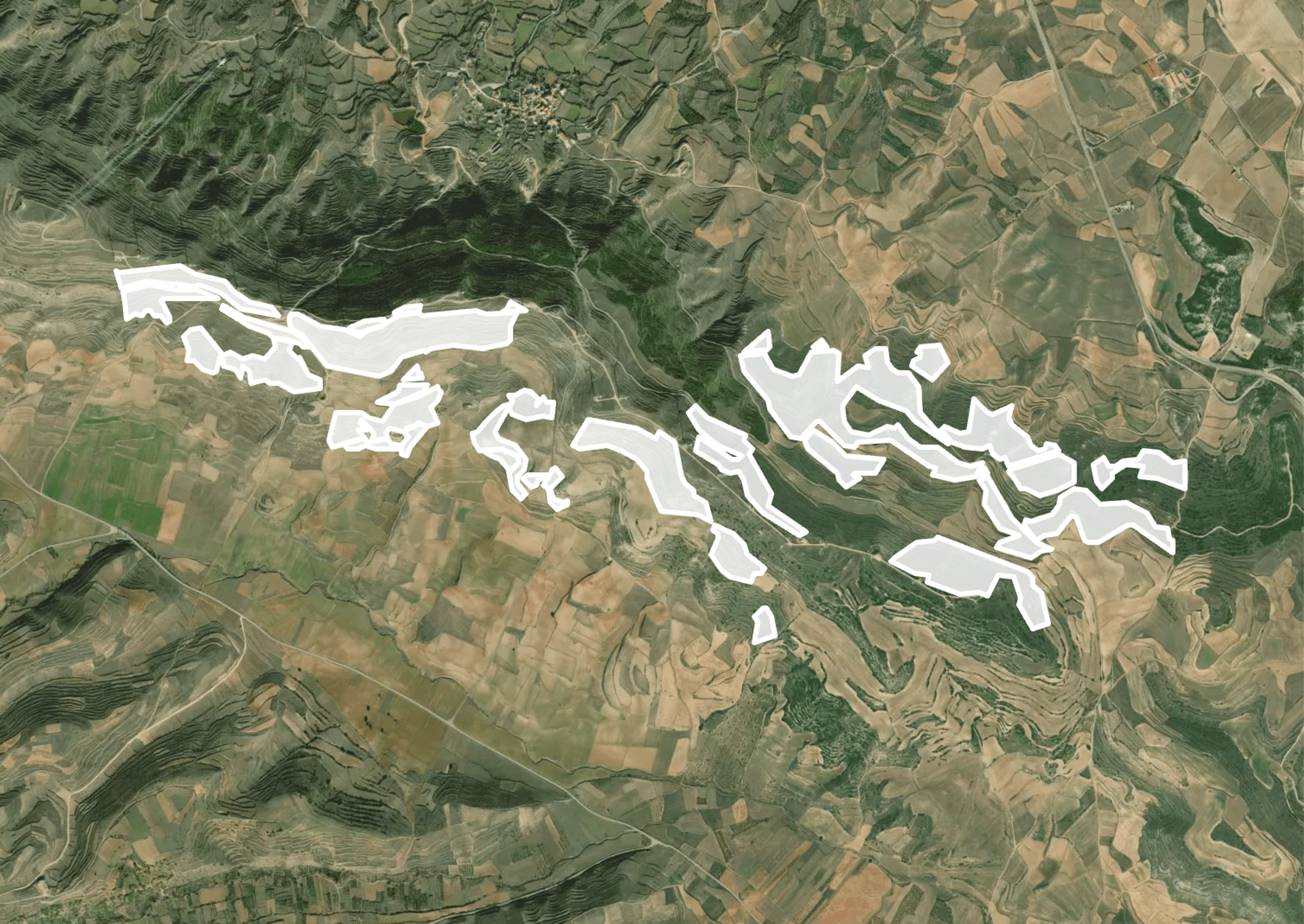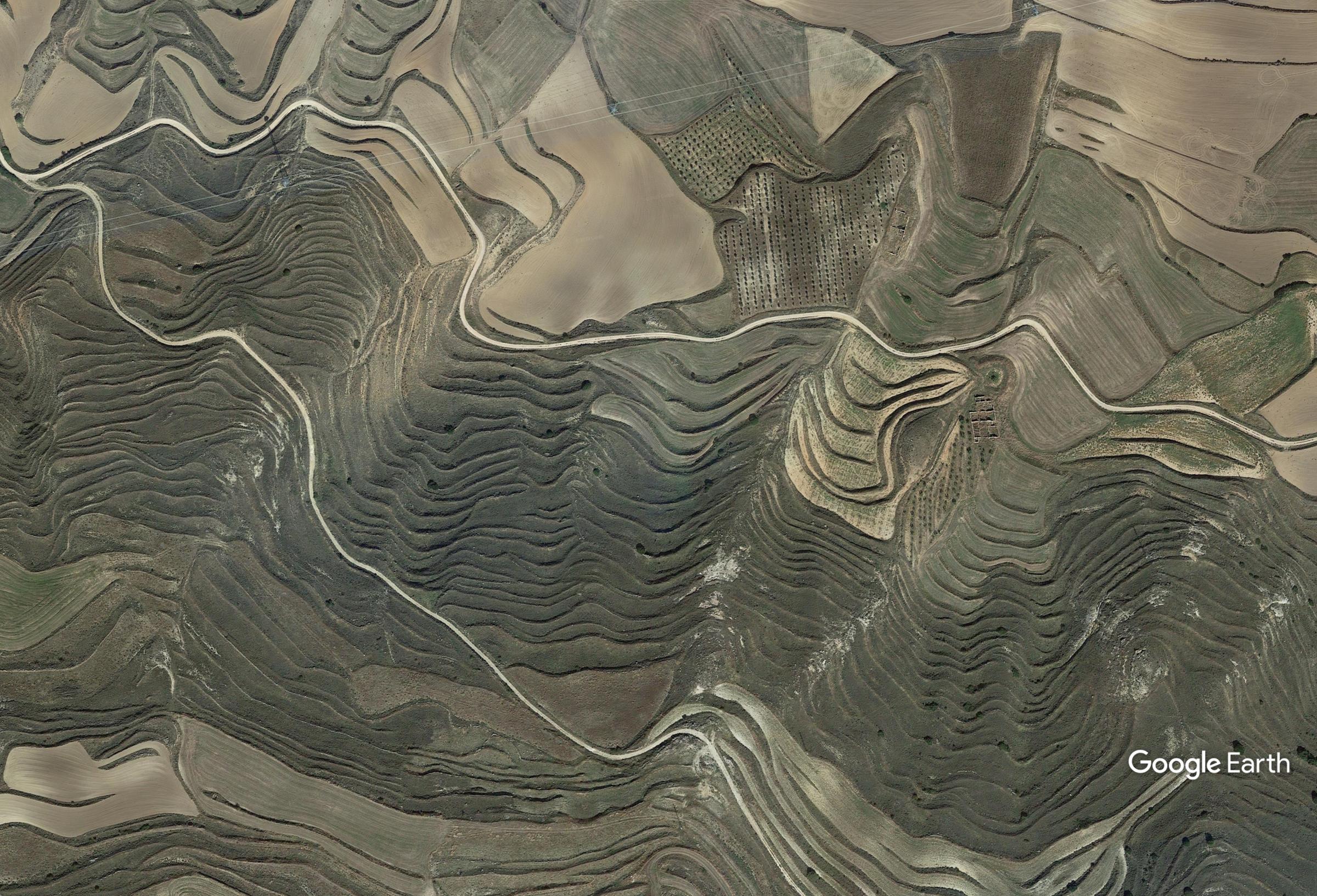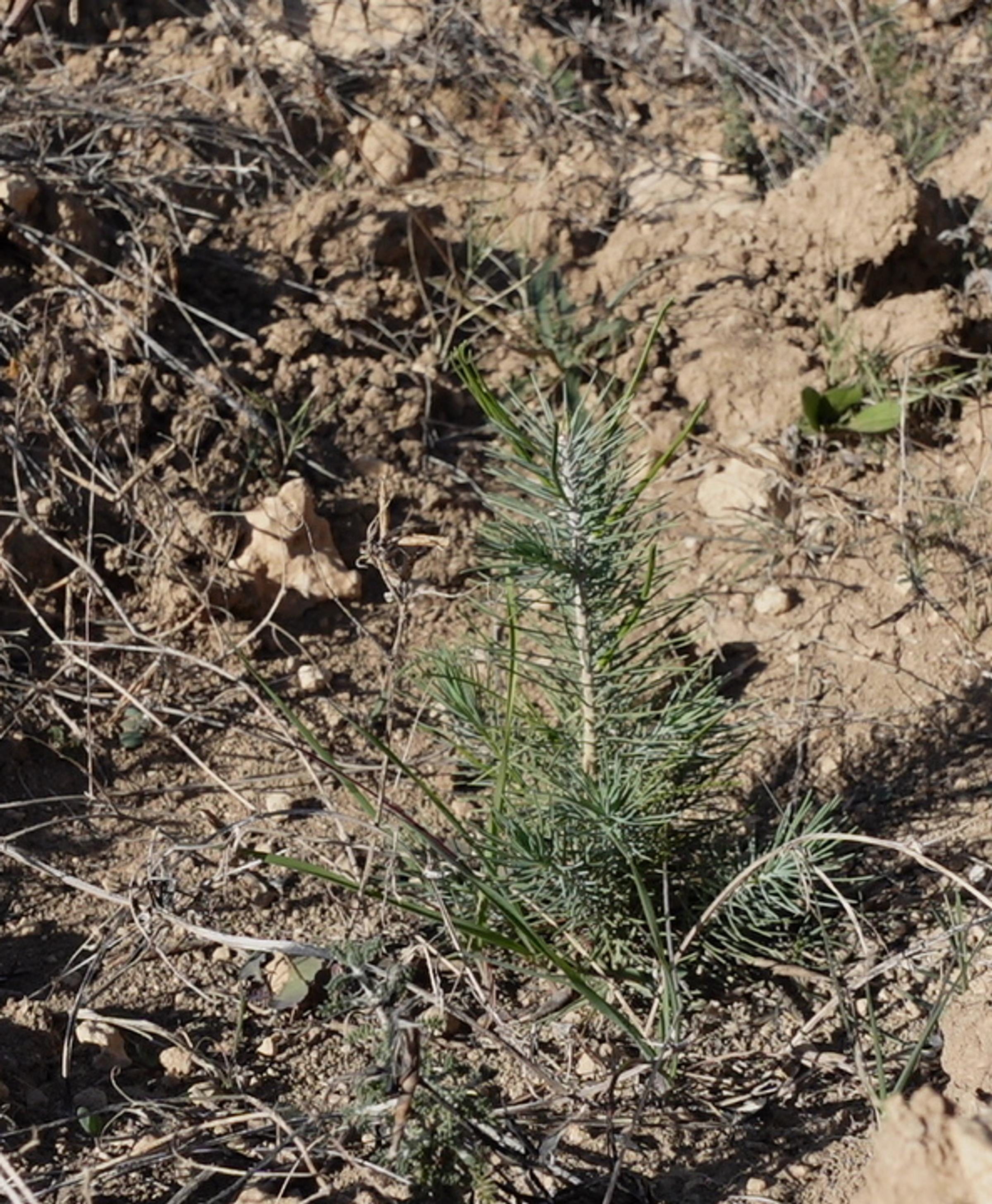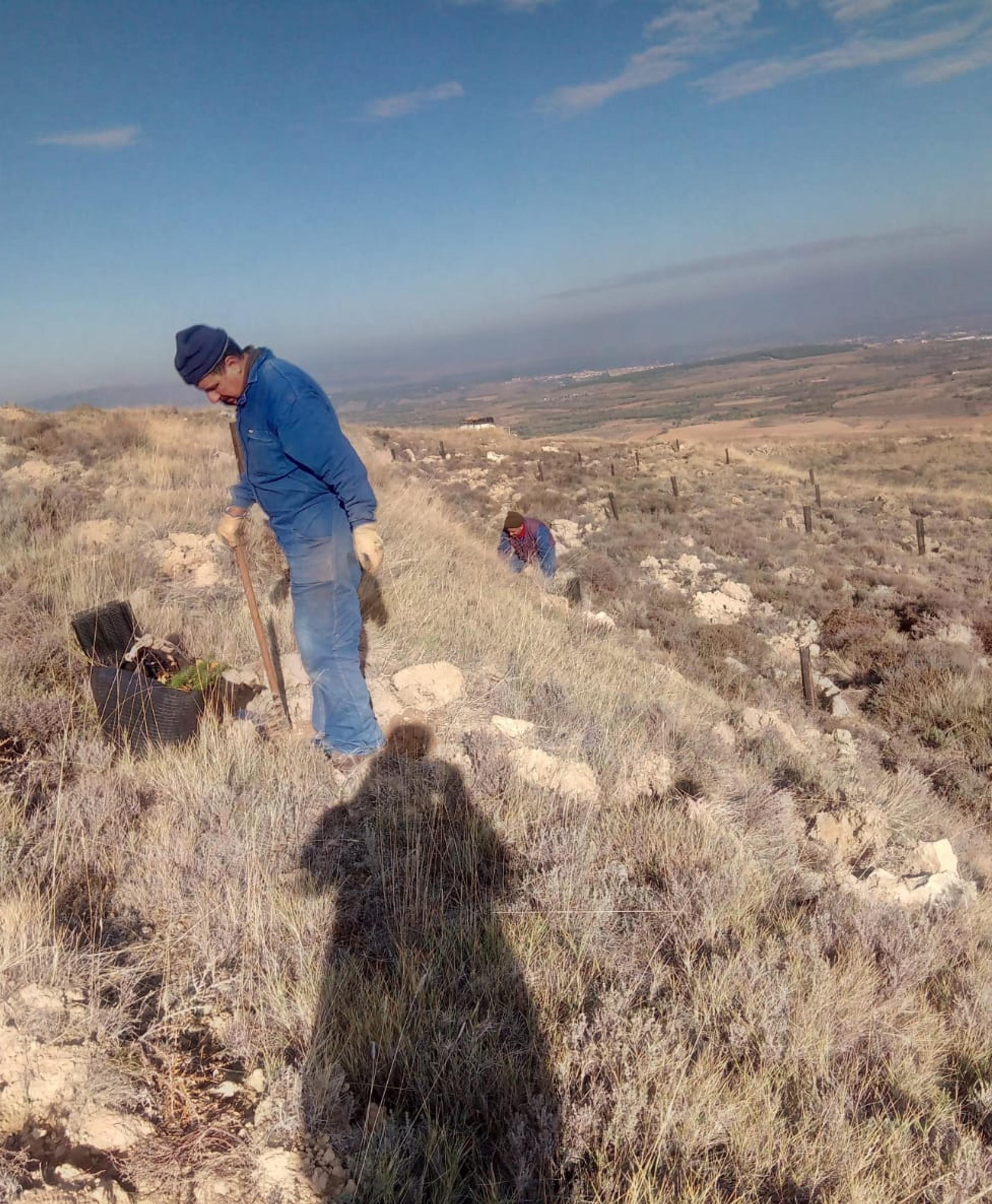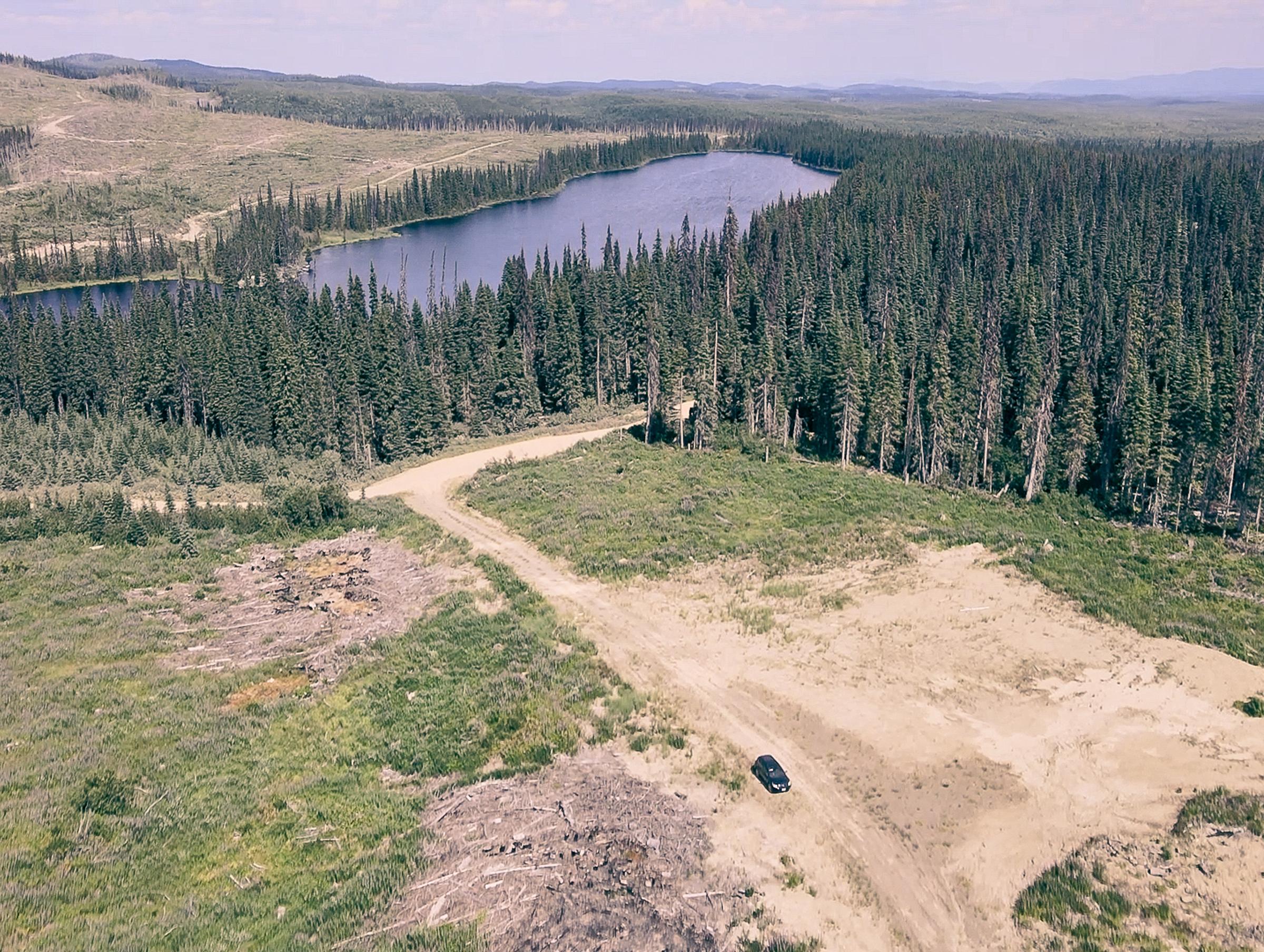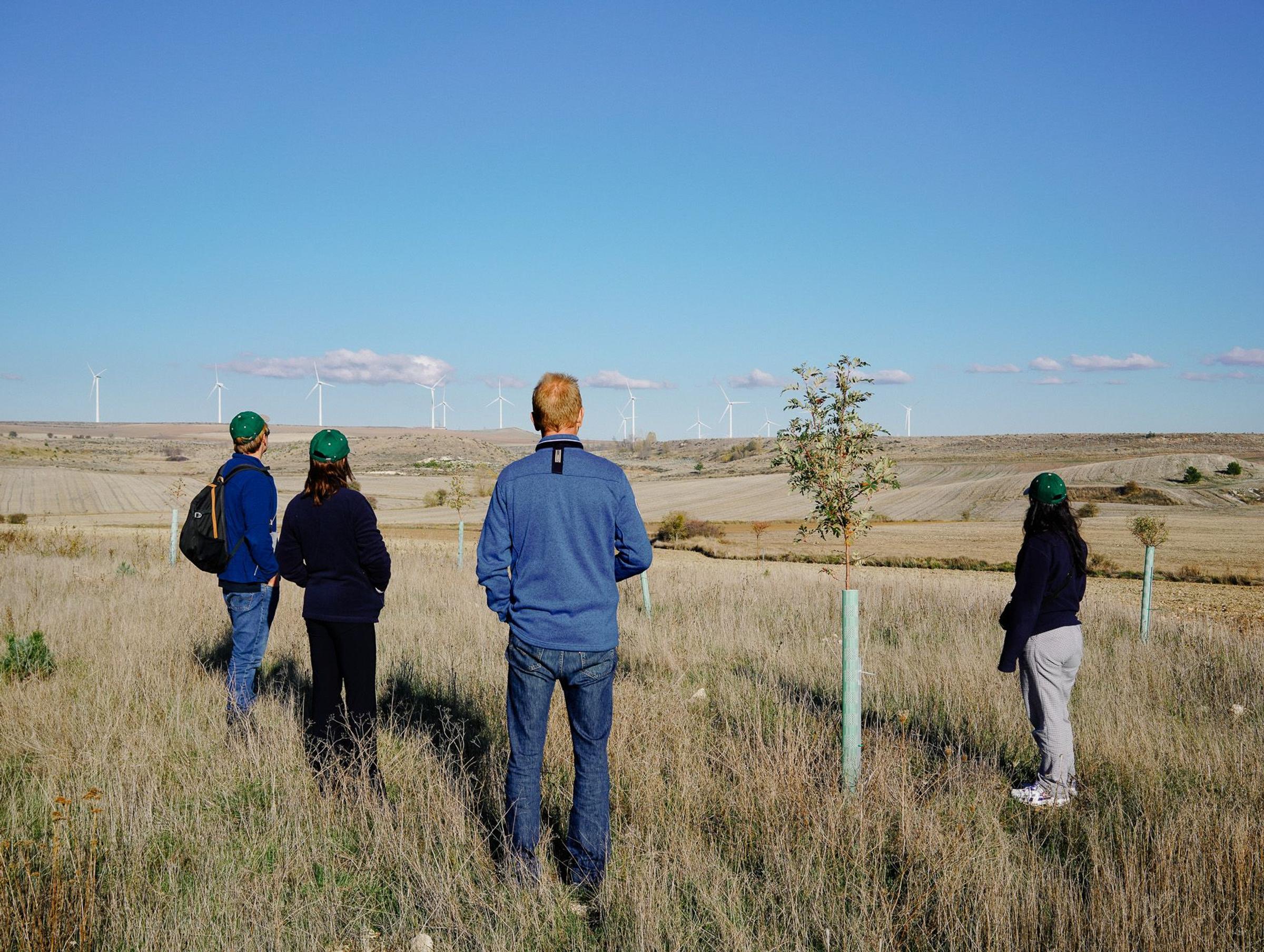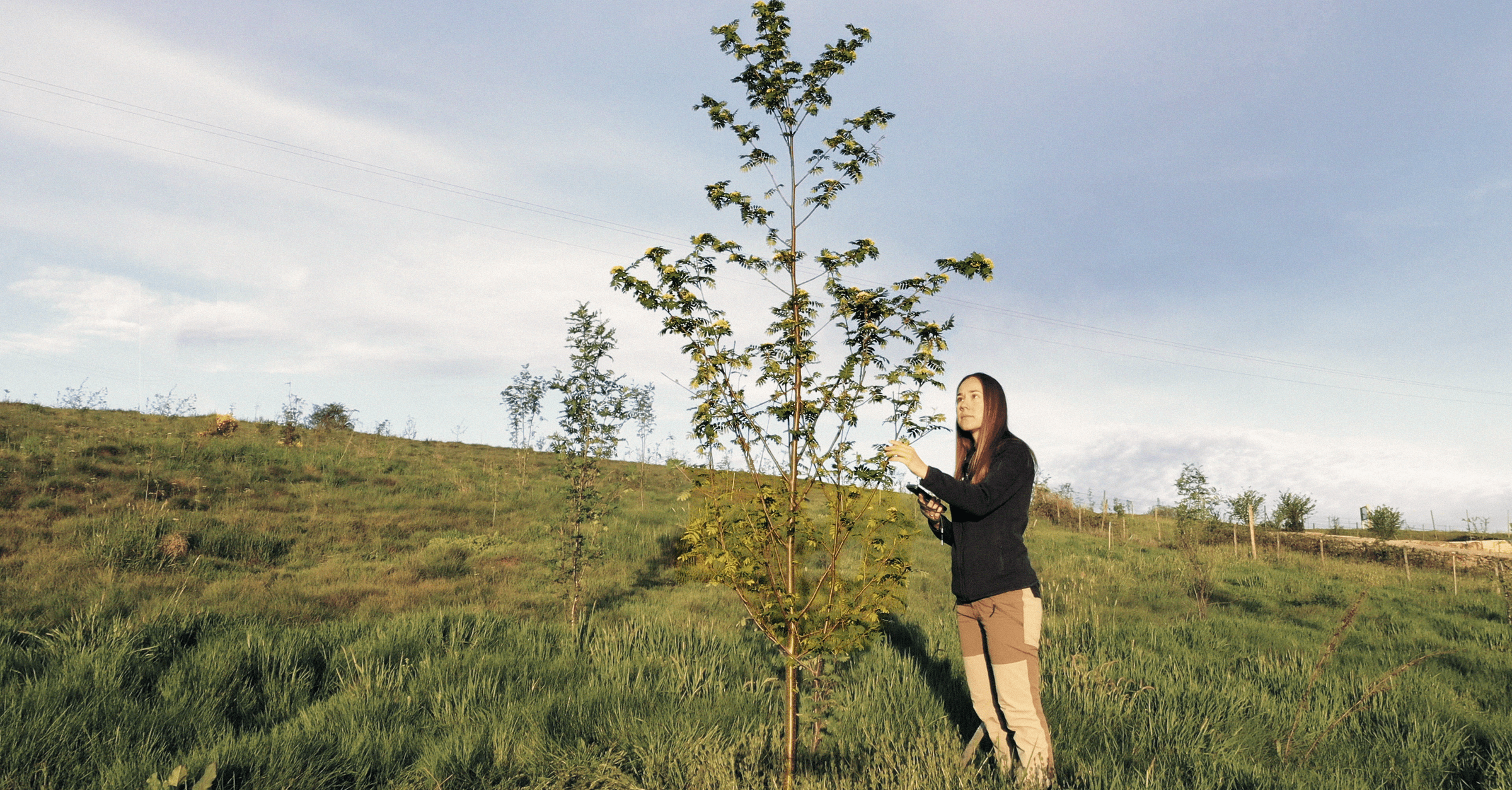Reverting Rural Abandonment in Aragón, Spain
- ARAGON
- GRISEL, SPAIN
- 2020
Understanding Nature Restoration After Rural Abandonment
What is Rural Abandonment, and How Does it Cause Land Degradation?

Rural abandonment is directly linked to overpopulation and increased global food supply demand. Due to a need for higher productivity and less farmable land available, farmers are often forced into intensive farming practices. These practices cause soil degradation, water pollution, and biodiversity loss.
Land Life's expertise extends to restoring lands affected by wildfires and other causes of degradation, such as pests and diseases, or areas impacted by wildfires, each presenting unique challenges and restoration approaches.
Here's how rural abandonment causes land degradation:
Restoring Land after Rural Abandonment
In response to the increasing need for land restoration in rurally abandoned land, Land Life has developed tech-driven, science-backed, and field-tested strategies to rehabilitate impacted land. Our focus is rebuilding resilient ecosystems with healthy soil and water systems that support local biodiversity.
Land Life Project: Grisel, Spain
The project site Grisel is in the region of Aragon, Spain, situated between the Iberian Range and the Ebro Valley, a scenic, tourism-dependent region yet very vulnerable in Spain’s climate change scenario. The land was degraded due to rural abandonment in the latter half of the 20th century.
Project Highlight
Reviving Grisel: Land Life's Sustainable Approach After Rural Abandonment
The land on the project in Grisel, Spain, was deforested and modified to create terraces back in the first half of the 20th century. Due to little agricultural and industrial returns, it was abandoned during the second half of the 20th century during the advent of mechanized farming. Since then, the land has been severely degraded. Land Life stepped in during 2020, focusing on a nature restoration approach driven by the goal of preventing further soil erosion, and restoring the area's native forest. Since then, we have planted a diverse mix of native tree species. The top three planted are Aleppo pine (29%), Holm oak (20%), and Portuguese Oak (11%).


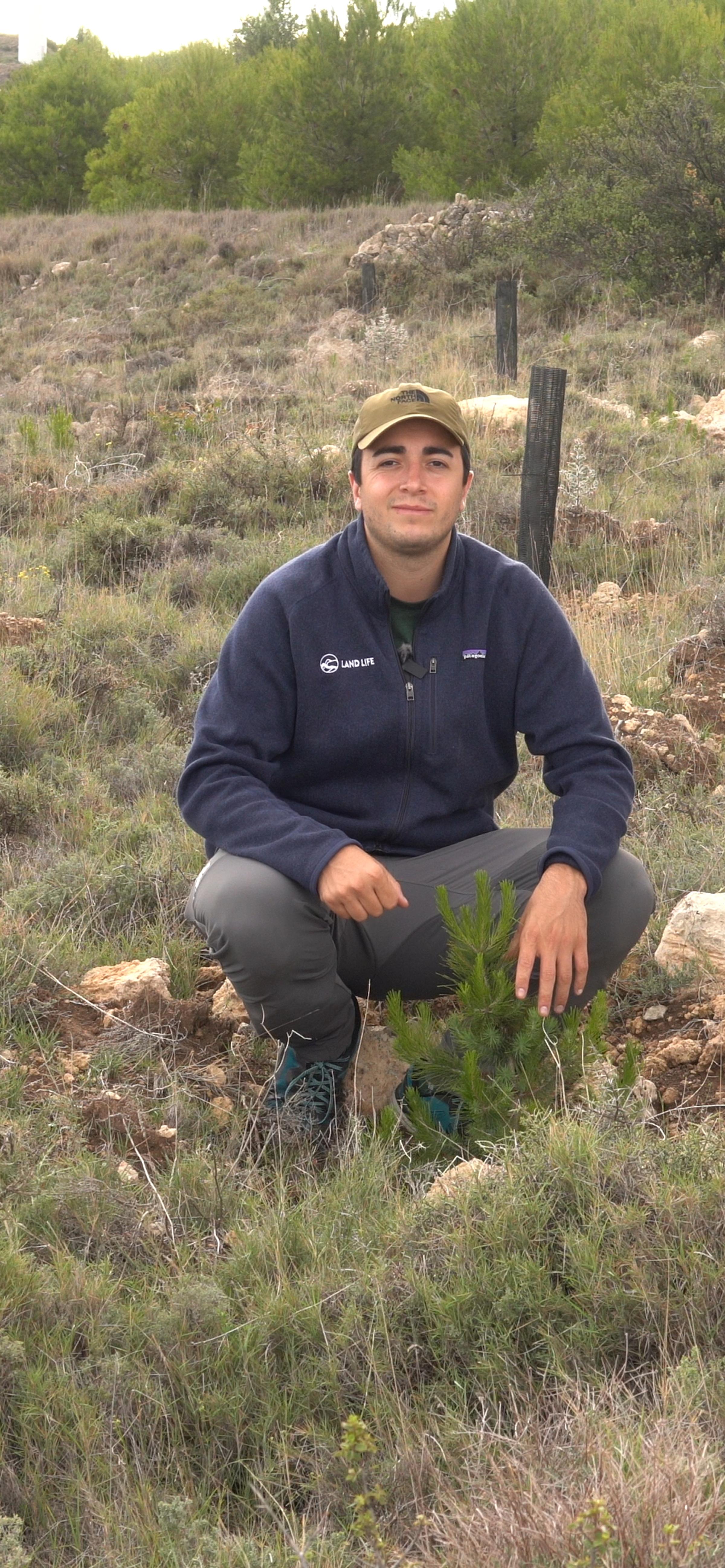
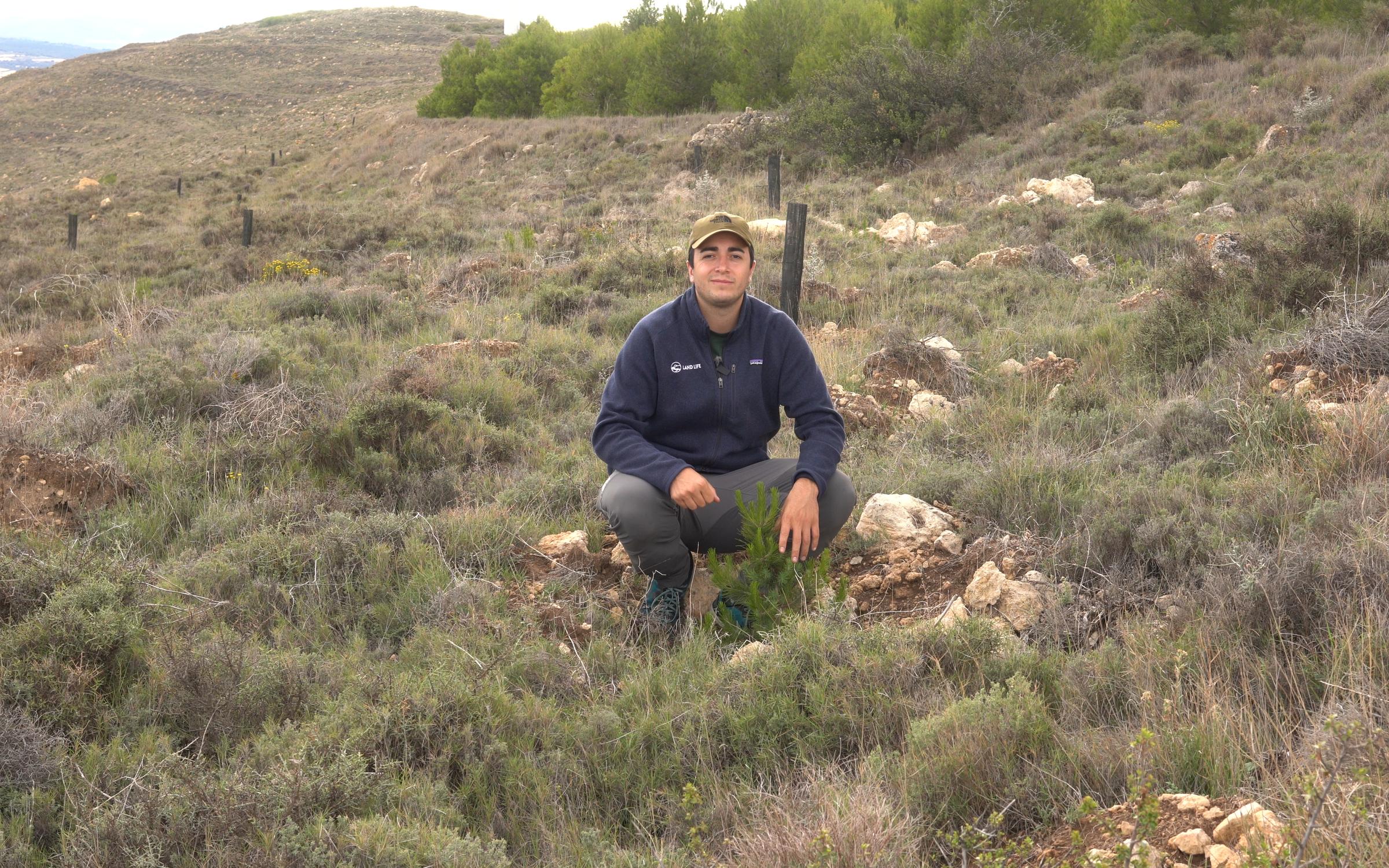
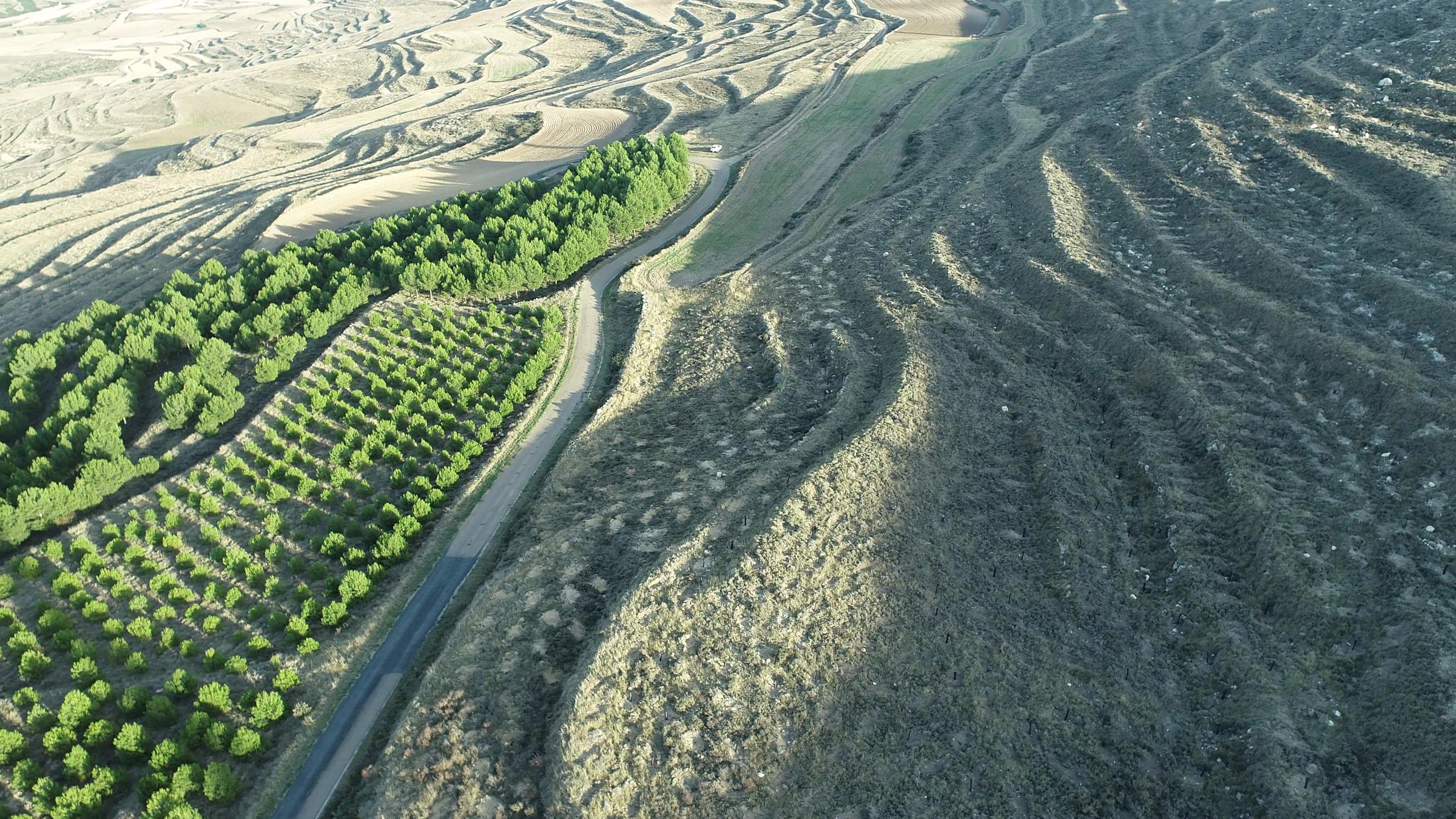

Meet the Site
Video
Benefits Beyond Carbon
Who did we work with?
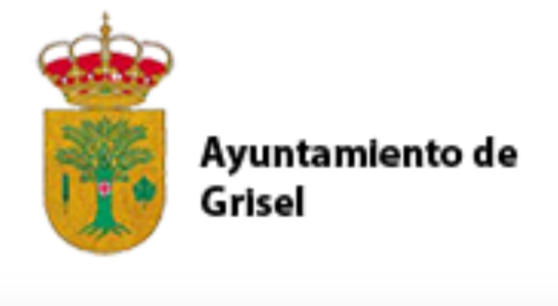
Land Life works with Ayuntamlento de Grisel
Ayuntamlento de Grisel

Land Life works with Ayuntamlento de Grisel
Ayuntamlento de Grisel
Other Land Types
Case studies according to different land types and degradation causes.
